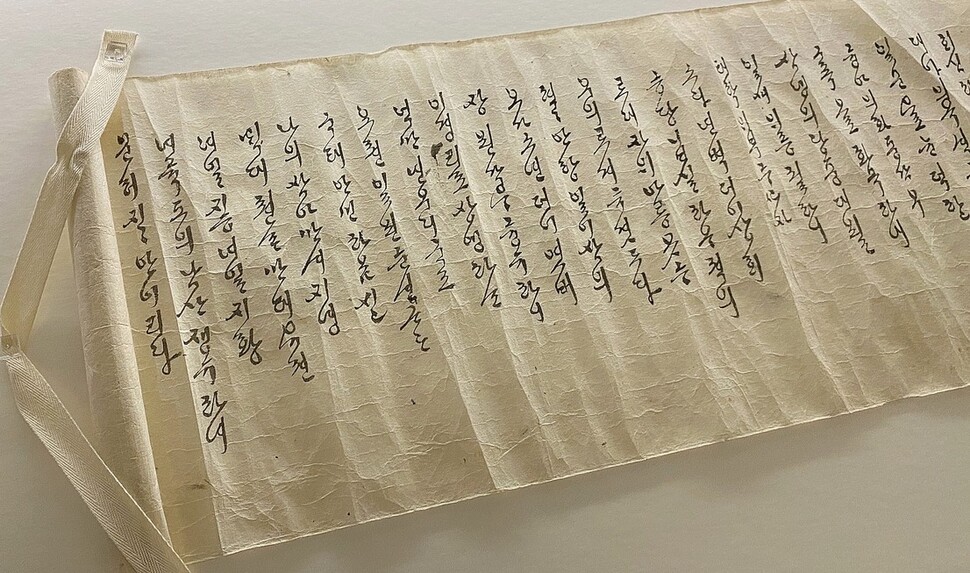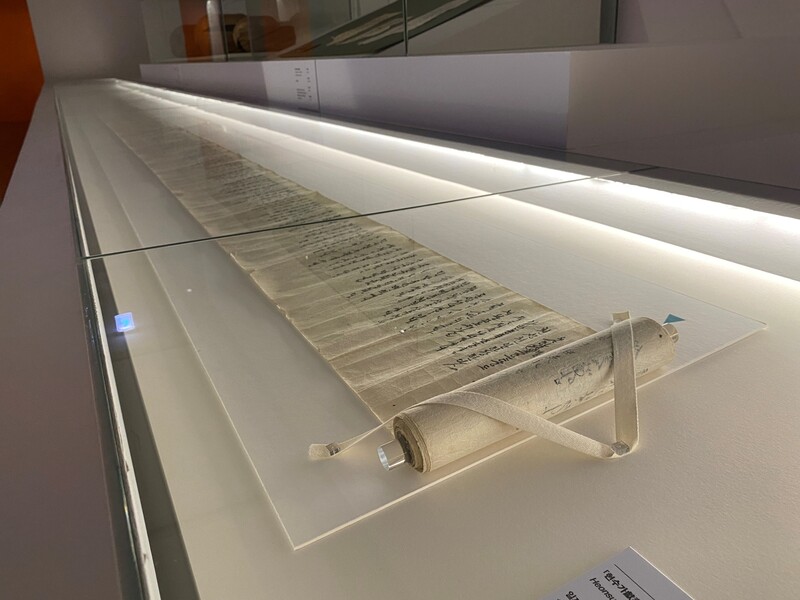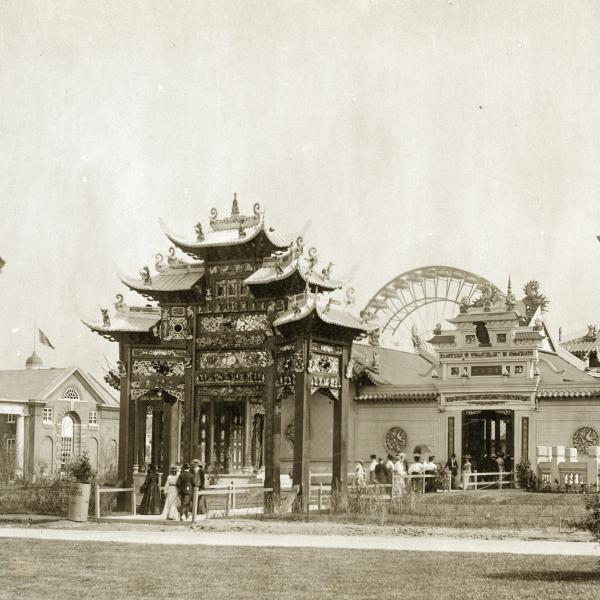Ji-Eun Lee, associate professor of Korean language and literature in the Department of East Asian Languages and Cultures, is currently working on a book about domesticity and travels by colonial Korean woman writers.
In the fall of 1930 in Korea, a 19-year-old student named Cho Aeyŏng (1911–2000) set out to Diamond Mountain with her classmates from Paehwa Women’s School. With its jagged rock formations and spectacular scenery, Diamond Mountain has for millennia been the most famous Korean travel destination. Through her travel kasa written for the school newspaper, Cho captured images from the popular vistas and expressed her deep resentment toward the colonial occupation by Japan. What first drew me to this work was how a modern, educated woman with an ambition to dedicate herself to the country found her medium in kasa, a genre that originated in the 15th century.
Kasa is a verse narrative, a story told in syllable-count-based rhythm. Although its rhythmic structure and oral recitation tradition recalls Greek epics, its use of vernacular hangeul script (rather than Literary Sinitic) and range of prosaic subjects share features of the novel. Often scribed on a roll of paper with brush and ink, it usually has four syntactic units in a line, each unit consisting of four syllables. Length may vary from several dozen to hundreds of lines; the longest extant kasa scroll is about 46 feet long when unrolled. The syllabic structure forms a rhythm, and kasa were recited in social gatherings with a simple melody, similar to a chant.

From the 15th century on, kasa were written by both men and women, but women’s involvement was one of the most important aspects of this genre. Especially given the stereotype of women’s repressed status in Korea due to Confucian patriarchy, women’s travelogues provide a valuable and nuanced picture of their lives. Kasa were often chosen by ladies in the North Kyŏngsang region as a creative outlet, and they were often communally created, recited, circulated and read. Given this context, for Cho Aeyŏng, who was born and raised in the region, kasa was a familiar genre. Her use of the form for her travelogue was a declaration of her own identity as a person from traditional – Korean – upbringing but who also lived in a modern world. She was thus a torchbearer of a women’s literary tradition into the modern era.
Two generations later, I grew up hearing recitations of kasa at some gatherings and remember a particularly well-known male performer of kasa, a distant relative of my mother, who could recite dozens of kasa by memory in his clear and resonant voice. But it was also obvious that his performance and kasa writing overall represented a disappearing tradition. My great-grandmother and grandmother wrote kasa, but my university-educated mother did not. When I told my relatives of my research interest in travel kasa, my octogenarian aunts and uncles directed me to several families who did not know what to do with scrolls of kasa at their homes – too precious to throw out but not valuable enough to keep as antiques. I also heard stories, from when families had to empty out inherited homes and move to cities, of burning chests full of scrolls deemed useless because they were written by women.

Not all were lost, fortunately. There are libraries, physical and digital archives set up by scholars and local governments with repositories of kasa works, and through these, one can observe the vibrancy of the genre over 500 years, well into the 20th century. The orality and performability inherent in the rhythmic structure was also widely used in religion (Catholic and Tonghak kasa), for political agendas (advocating patriotism against imperial threat from the West and Japan), and for propagating new ideas and knowledge from the West.
My favorite in the genre are hwajŏn’ga kasa, mini travelogues by women from outings to view spring flowers. They are often composed communally, first by designating ahead of time who will record the trip, and second by sharing the work afterward with invitations to correct and edit. The genre thus offers intimate snapshots of daily life among Korean women, from venting about evil mothers-in-law and womanizing husbands to serene and beautiful scenery, all enjoyed in the company of other women. Kasa works always start with an invitation: “어와우리 벗님네야, 이내말삼 드러보소” (“Hello my friends, please listen to what I am about to tell you”). That communal sharing and camaraderie gave comfort and support for lives that were often difficult for women while the openness and accessibility of the genre served Korean writers and readers of all classes and ages.
Headline image: Kumgangsan National Park, home to Diamond Mountain in present-day North Korea, by Clay Gilliland CC BY-SA 2.0 via Flickr.



